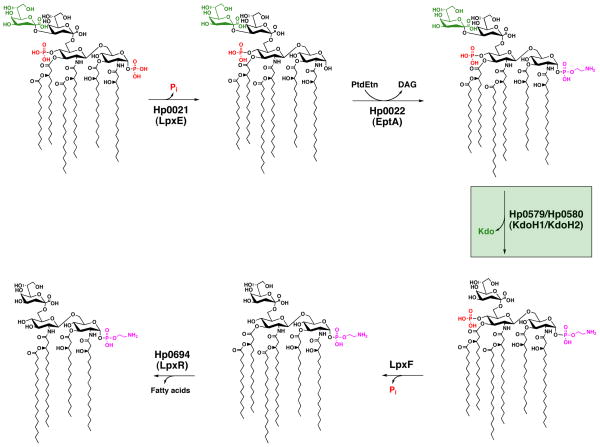Fig. 1. Modification pathway of H. pylori Kdo-lipid A.
H. pylori produces a highly modified lipid A species via a five step enzymatic pathway. The 1-phosphate is first cleaved by Hp0021 (LpxE), leaving a free hydroxyl group, followed by addition of a phosphoethanolamine by Hp0022 (EptA). Presumably, phosphatidylethanolmaine (PtdEtN) serves as the donor for the latter. Next Hp0579 (KdoH1) and Hp0580 (KdoH2) work in concert to remove the terminal Kdo sugar. The 4′-phosphate group is removed by an as yet unidentified phosphatase; however, the remaining hydroxyl group is not further modified as is the case at the 1 position. The final step involves the removal of the 3′-O-linked acyl chains by Hp0694 (LpxR), resulting in a tetra-acylated lipid A.

